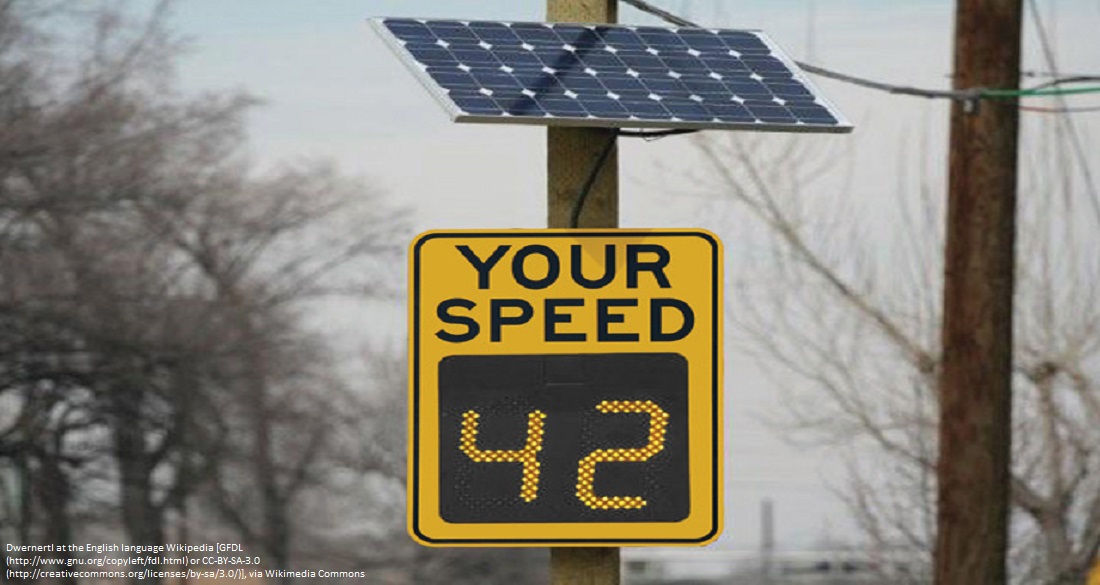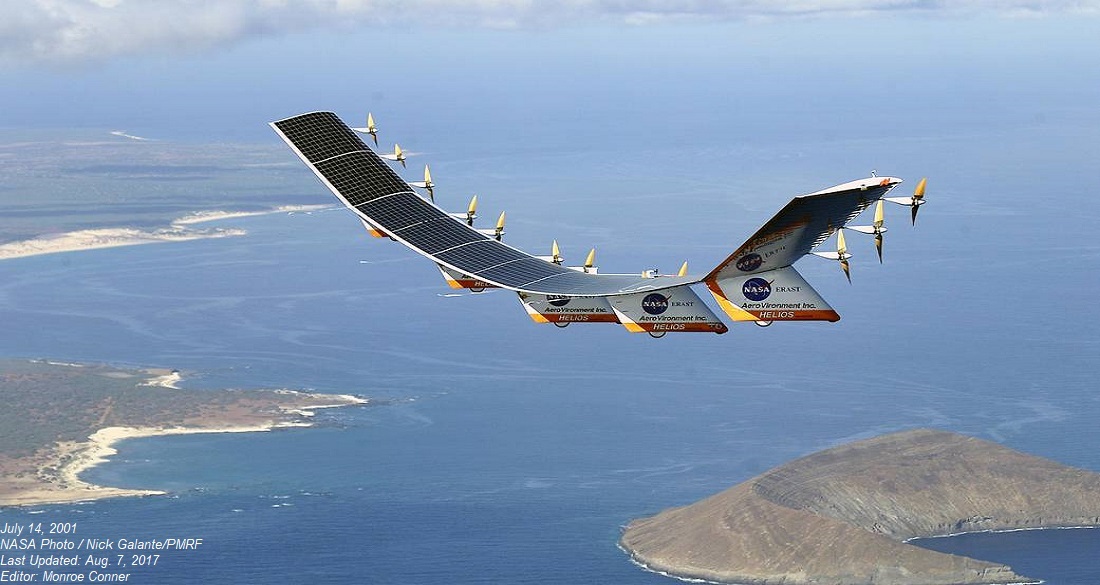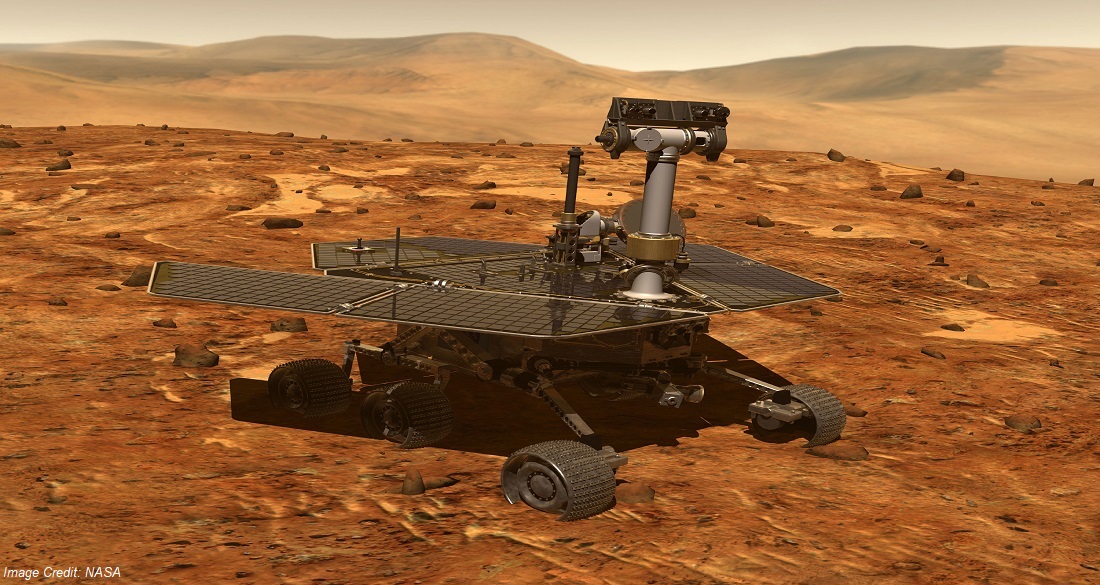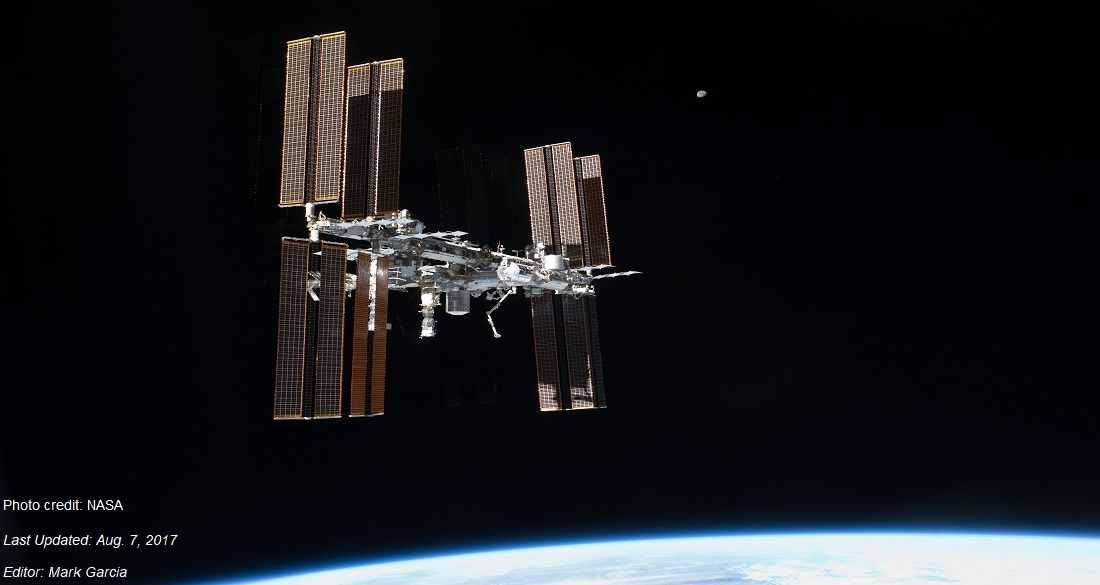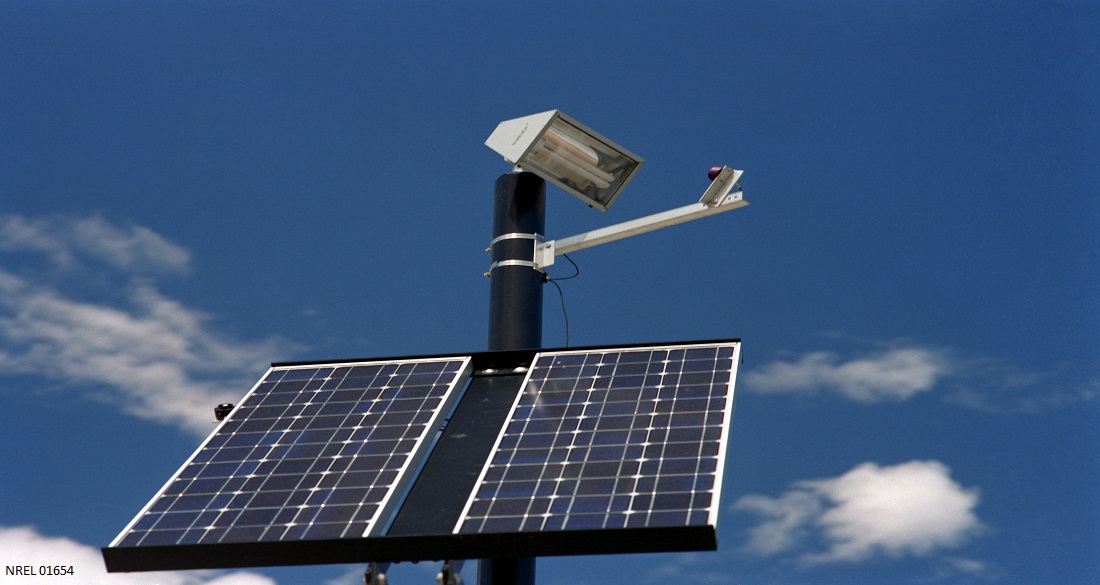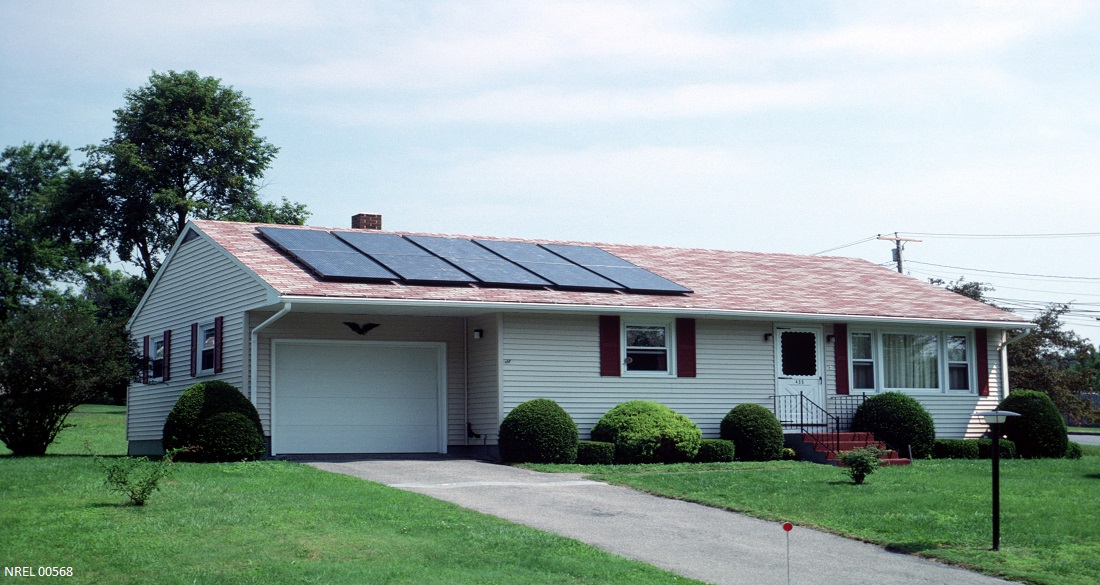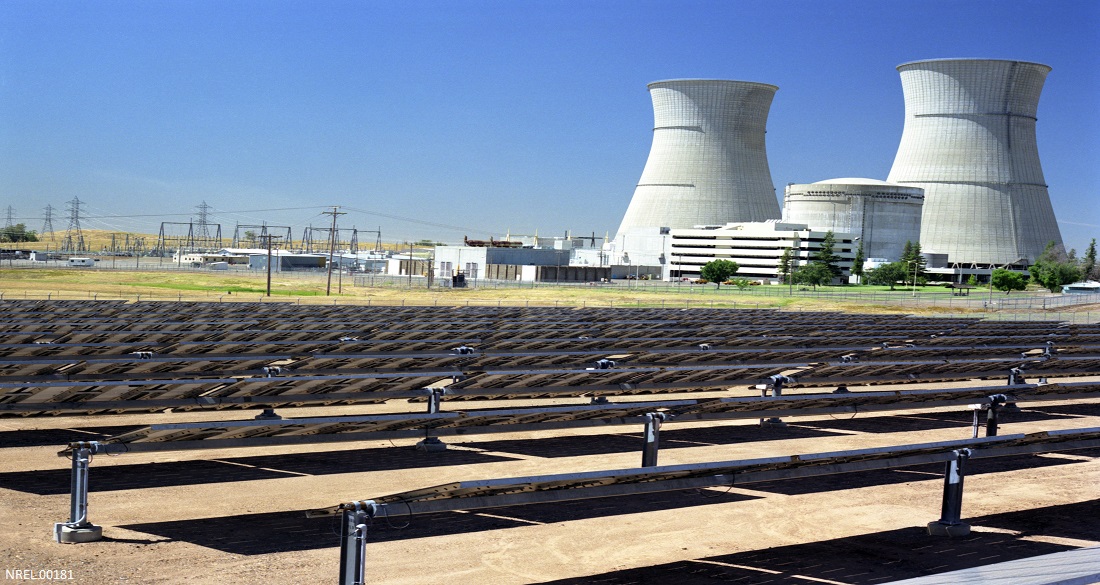Solar photovoltaic systems change sunlight into electricity.
The solar panel in your Solar Power Kit is made up of several photovoltaic (PV) cells. Each PV cell can absorb light energy from the sun. That energy moves electrons to the surface of the cell. These moving electrons flow through conductors to produce electricity. The PV cells are connected in the solar PV panel. A solar array composed of connected solar panels can be large enough to produce electricity for a house or building. Some PV power plants have large arrays that cover many acres to produce electricity for thousands of homes.
Small PV panels in calculators have been common for many years, and PV cells have become especially useful for providing electricity in places that are not near conventional sources. Solar powered traffic signs can be placed where there is not existing wiring and can also be easily moved. Solar panels composed of many solar cells have been used in space to power satellites since 1958.
According to a 2017 study by the Solar Energy Industries Association (SEIA), The Solar Foundation, and Generation 180, a clean energy nonprofit nearly 5,500 schools have solar installations. These total 910 megawatts of solar capacity are enough to power 190,000 homes.
Advantages of using solar:
- Solar systems do not produce greenhouse gases.
- Solar systems are quiet.
- Solar systems can be any size and can be easily expanded.
- Solar systems can be installed wherever there is sun and can be easily moved.
Disadvantages of using solar:
- Solar PV systems need sunlight to produce electricity. They do not produce electricity at night and they produce less on cloudy days.
- Some of the materials used to manufacture PV cells are toxic so their use and disposal is regulated in the U.S.
- Solar panels take up space. The solar system for a house may cover all of the roof and a community solar array could cover several acres.
Tips and Techniques
General Tips
Avoid Short-Circuiting:
Don’t let your positive and negative lines touch each other or you will create a short circuit, and your circuit will not work.
Tape is an insulator:
Regular tape, unlike the copper tape, does not transmit an electric current. This means that if there is tape in between the copper tape and your electric components, your circuit will not work.
Tape Wires down Securely:
Make sure you tape everything to the copper tape securely. If the LED or solar panel doesn't have a good connection to the copper tape, your circuit will not work correctly.
One-sided copper tape:
The copper tape used in this activity has an adhesive that is not conductive. This means that only the outer side of the tape can be used to build your circuit.
Keep your solar panels clean:
Dirty solar panels capture less light, and generate less power. Keep your solar panels clean by wiping the top of them with a wet rag.
Explore Series and Parallel Circuits:
If you have more than one solar panel, try using more than one of them at a time. Do the LEDs get brighter? How many LEDs can you power at a time? How many different ways can you connect the solar panels to an LED?
Solar House Tips
Preparing the solar panel:
Cut the white connector off the leads from the solar panel and strip away a little of the insulation so the metal ends of the wires are exposed.
Folding the house:
Score the fold lines to make crisp folds. Before folding use a ruler and a plastic knife (a ball point pen that doesn’t write also works) to make an impression along each fold line.
Solar panel wires:
We recommend that you plan where you will run the wires from the solar panel down and into the house ahead of time. One easy way to do it is to tuck them under the roof before you finish attaching it to the house.
Solar Car Tips
Avoid seizing up the motor with glue:
If glue gets inside the metal housing of the motor it may seize up, preventing the motor from turning.
Reversing the motor:
You can connect the black wires and red wires to make the motor spin clockwise, or switch the wires to make the motor spin counter clockwise.
More Power:
You can try connecting more than one solar panel to your motor to make your car go faster.
Activities and More!
Solar House Activities
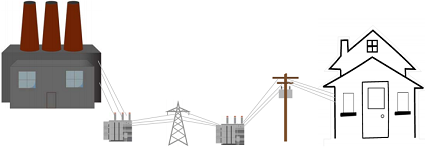
Power Grid Activity

Minecraft Creeper
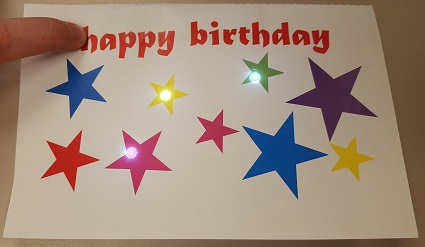
Light up Birthday Card

Light up Paper House
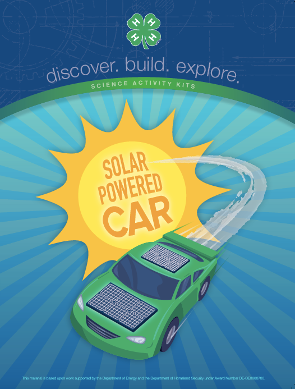
Solar Powered Car
Learn More
The Story of Solar Energy
DOE Solar Animations Including Sunlight to Electricity Movie
US DOE Solar Decathlon
Energy 101: Solar PV Video
How Stuff Works: LED
University of Illinois Celebrated - LED : 50 Years
50 Years of LED Technology: Wired Magazine
The Electronics Club: LEDs
The Learning Circuit
Cyber Resilient Energy Delivery Consortium

